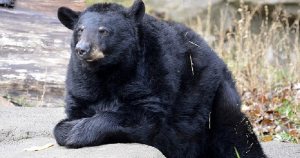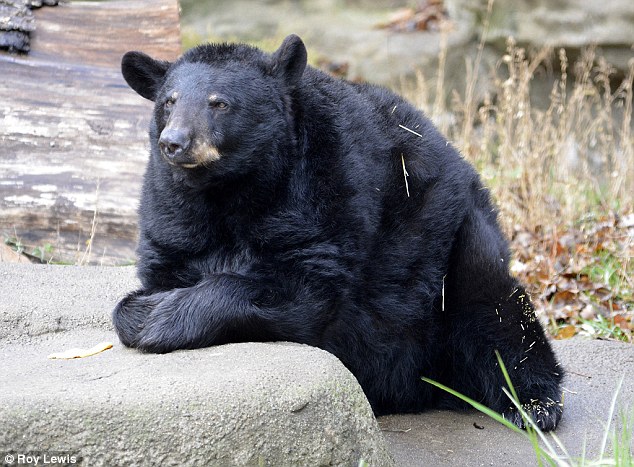
Black Bears Can Recognise Real Life Objects Including Humans On Computer Images: Study
Black bears might be a lot smarter than we think. Yes, a new study led by a team of researchers from Oakland University in the US has found that bears can recognise real life objects on the screen.
North American black bear named Migwan at the Detroit Zoo, was able to identify objects she knew in real life, such as food, humans, or photographs which were later displayed on a computer screen. This indicates that these bears are capable of ‘picture-object recognition’ – a trait also seen in dogs, hens, horses, monkeys, pigeons, rhesus, and tortoises.

The research forms part of a broader research project into the welfare of bears in captivity, which aims to find out how the animals themselves rate the environment in which they are held, and the facilities, food and features provided to them, researchers said.
For the study, researchers first had to assess whether bears are in fact able to recognise two-dimensional (2-D) images of objects and people familiar to them when these are presented to them on a touch screen.
They examined an 11-year-old female American black bear named Migwan, that was born in the wild, but was rescued as a cub in 2002 after being found with injuries. Migwan had received several months of training on an unrelated task using photographs of food items from her normal diet, to participate in the research.

At first, the research team showed all new objects and the showed photographs of those objects to test if she recognised them? Then the order was reversed, this time, photographs were shown before the objects. Photographs shown to Migwan included images of humans, food, other bears, animals, and some other objects.
It was found that Migwan was able to recognise, on a photograph, the visual features of objects or natural stimuli she already knew. She was able to press her nose to a computer screen to “choose” the images of playthings she had been trained to recognise.
The researchers believe that the findings have important implications for the use of photographs in computerised studies involving bears, and in ultimately ensuring the welfare of captive bears.
The findings were published in Springer’s journal Animal Cognition.